
Image Source: nashvillelife.com/4th-of-July-Parades
Instead of keeping silent on the issue, I looked up articles entitled “Interesting [or fun] Facts” about the holiday. Alas², none of them were particularly “fun,” although I did learn a few thing I never knew or didn’t remember after a hiatus of sixty years plus… and it’s kind of fun to see how many “known facts” on the internet disagree with each other.

Just like today, it was all about taxes. "Taxation without representation!"
At the beginning of the Revolutionary War [April 1775], not many of the colonists wanted complete separation from Great Britain, but gradually the population began to favor complete independence. You all remember that, right?
Of course you do. And you remember, when Richard Henry Lee introduced his motion to the Continental Congress for independence, it was tabled and a five-man committee appointed [Thomas Jefferson of Virginia, John Adams of Massachusetts, Roger Sherman of Connecticut, Benjamin Franklin of Pennsylvania and Robert R. Livingston of New York] to draft a formal statement justifying the break with Great Britain. Maybe you recall hearing that, too.
On July 2nd, 1775, the Continental Congress voted in favor of Lee’s resolution for independence in a near-unanimous vote [NY delegation abstained] and on July 4th, the Continental Congress formally adopted the Declaration of Independence, written primarily by Thomas Jefferson.
https://acei-global.blog/2013/07/03/20-fun-facts-about-the-4th-of-julyindependence-day/
THINGS YOU WILL NEVER NEED TO KNOW ABOUT FOURTH OF JULY
I found these facts interesting although not significant in terms of the history of the United States. They are in no particular order and, as you can see, are not memorable nor would I call them particularly “fun" facts.
▼ Image Source: acei-global.blog/20-fun-facts-4th-of-july
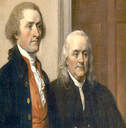
● John Adams and Thomas Jefferson, the only two signers of the Declaration of Independence who later became presidents, both died within hours of each other on July 4, 1826—the 50th anniversary of the adoption of the Declaration of Independence.
● According to the editors of Encyclopedia Britannica, “Jefferson’s inveterate shyness prevented him from playing a significant role in the debate within Congress. John Adams, a leader in those debates, remembers that Jefferson was silent even in committee meetings, though consistently staunch in his support of independence…”
https://www.britannica.com/topic/Declaration-of-Independence
That was news to me. I never thought of Jefferson as being shy.
● “Only two Founding Fathers signed the Declaration of Independence on July 4, 1776. The majority of signers penned their signatures on August 2, 1776.”
http://www.rfdtv.com/story/32328872/4th-of-july-fun-facts#.WwhI_0gvzcc
Or was it only one?
● “Only John Hancock actually signed the Declaration of Independence on July 4, 1776. All the others signed later.”
https://acei-global.blog/2013/07/03/20-fun-facts-about-the-4th-of-julyindependence-day/
● The Declaration of Independence was signed by 56 men from 13 colonies. Of those 56, eight were born in Great Britain.

Image Source: acei-global.blog/20-fun-facts-about-4th-of-july
● The youngest signer was Thomas Lynch, Jr. [27] of South Carolina.
acei-global.blog/20-fun-facts-about-4th-of-july
Or was he?
● “…Edward Rutledge was the youngest at age 26.”
thepioneerwoman.com/fun-and-learning/
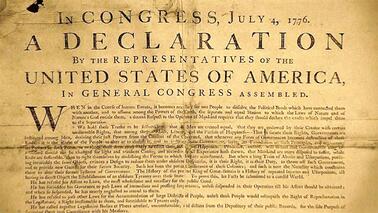
rfdtv.com/story/4th-of-july-fun-facts
Oh, well. I’m sure they have a copy of the one that was adopted and signed.
Image Source: loc.gov/exhibits/treasures/ ►
● The first Independence Day celebration took place in Philadelphia on July 8, 1776. This was also the day that the Declaration of Independence was first read in public after people were summoned by the ringing of the Liberty Bell.
The Liberty Bell was cast at London’s Whitechapel Bell Foundry. It arrived in Philadelphia in August, 1752. The metal was too brittle and it cracked during the test strike. It was recast twice by local workmen. In its early years the bell was used to summon lawmakers to legislative sessions and to alert citizens about public meetings and proclamations.
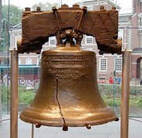
● The tune of the National Anthem was originally an English drinking song called “To Anacreon in Heaven.” The words have nothing to do with consumption of alcohol but the “melody that Francis Key had in mind when he wrote those words did originate decades earlier as the melody for a song praise of wine.” http://www.colonialmusic.org/Resource/Anacreon.htm
LAST BUT NOT LEAST
On June 29, 2013, Parade Magazine ran an article by Ken Jennings entitled “America 101: Take Our Fourth of July Quiz”. The following photos, which I blatantly borrowed from Parade, with the following caption was part of that article.
Sources:
https://parade.com/24863/kenjennings/america-101-take-our-fourth-of-july-quiz/
https://acei-global.blog/2013/07/03/20-fun-facts-about-the-4th-of-julyindependence-day/
https://www.history.com/topics/holidays/july-4th
http://www.pbs.org/a-capitol-fourth/history/history-independence-day/
https://www.huffingtonpost.com/2014/07/02/fireworks-american-history_n_5552960.html
https://acei-global.blog/2013/07/03/20-fun-facts-about-the-4th-of-julyindependence-day/
http://thepioneerwoman.com/fun-and-learning/twenty-interesting-things-about4th-of-july/
http://www.rfdtv.com/story/32328872/4th-of-july-fun-facts#.WwhI_0gvzcc
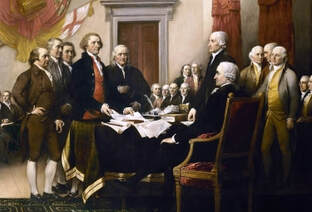
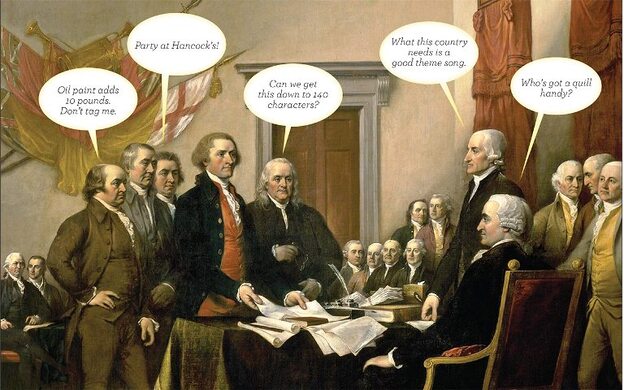

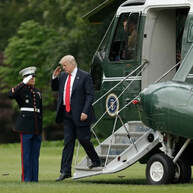

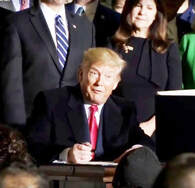
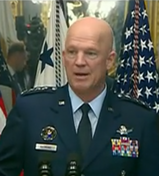
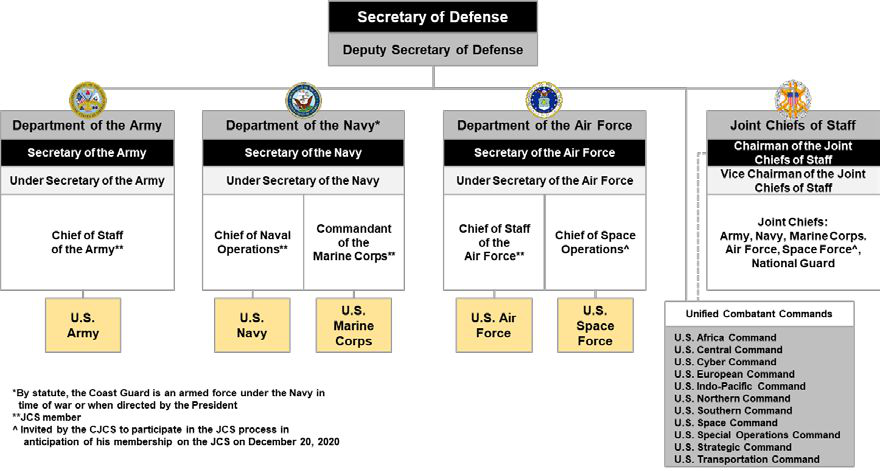
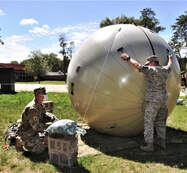
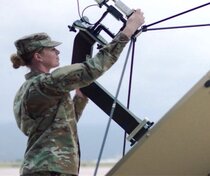
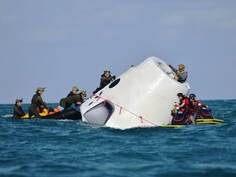


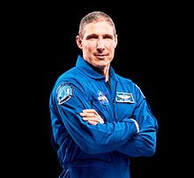

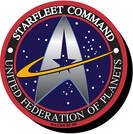

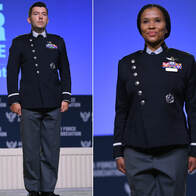
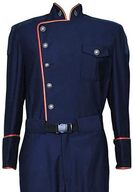
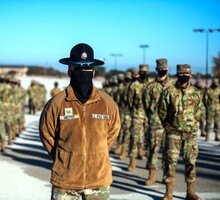
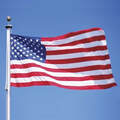
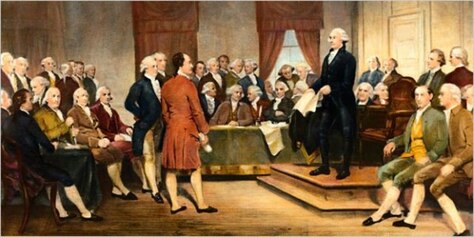
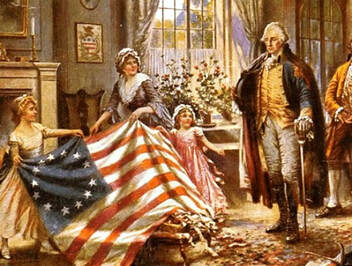
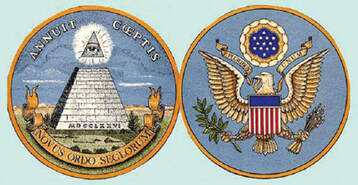
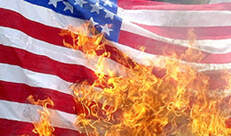



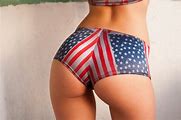

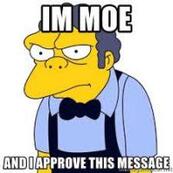
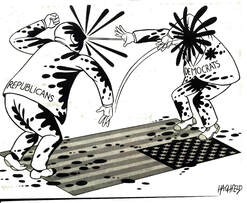
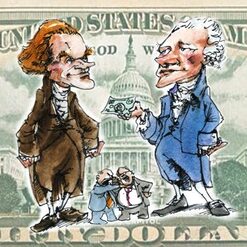



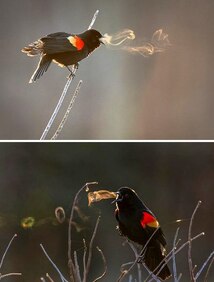


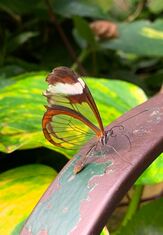


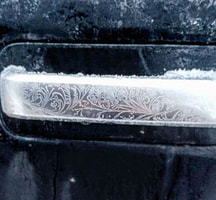

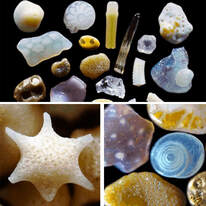
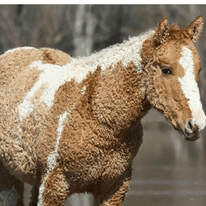

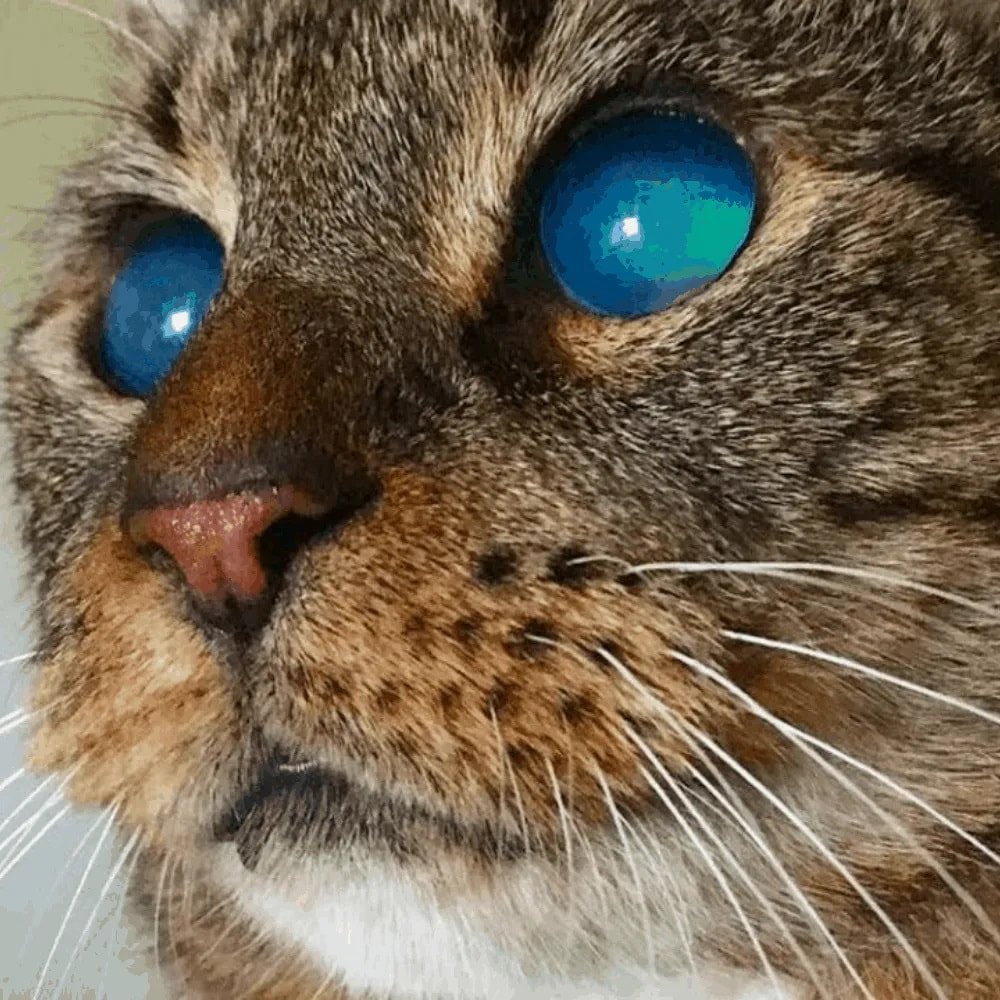
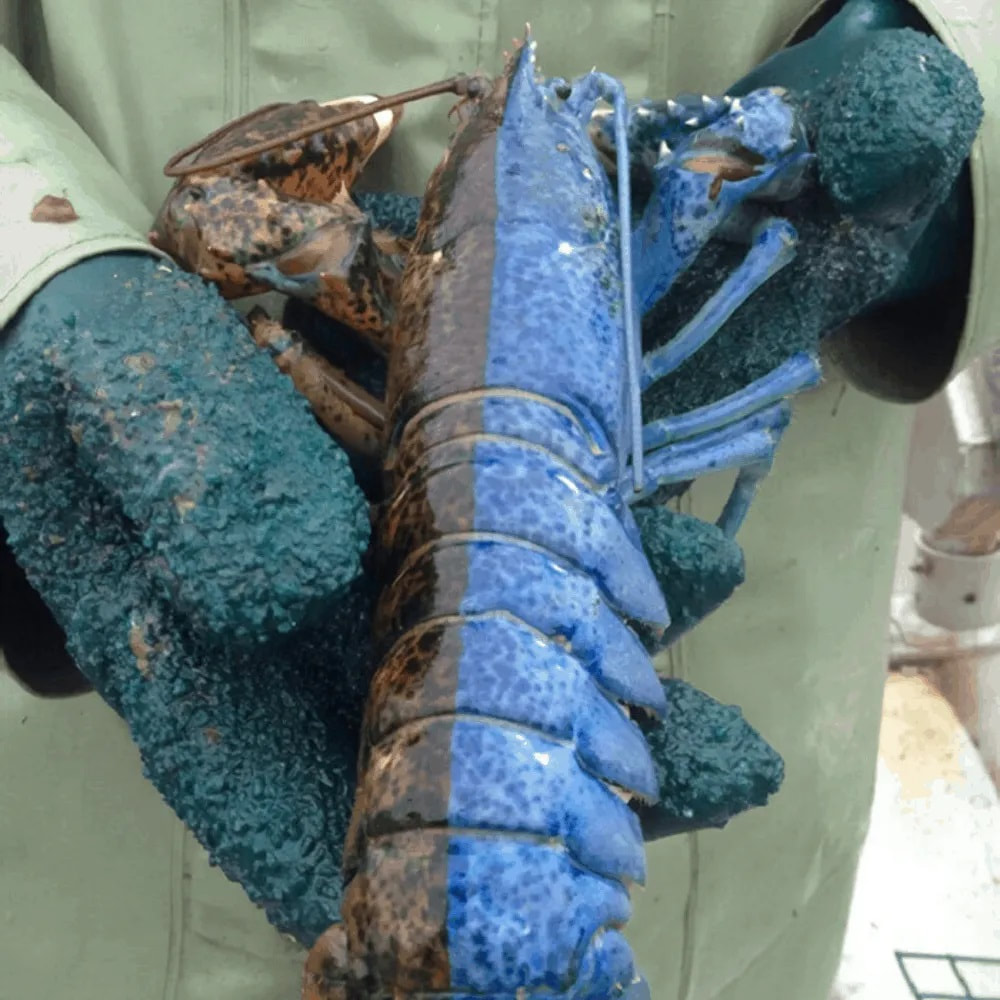
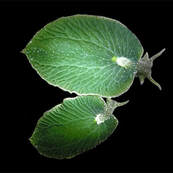
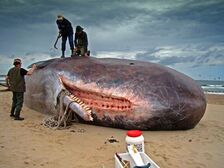
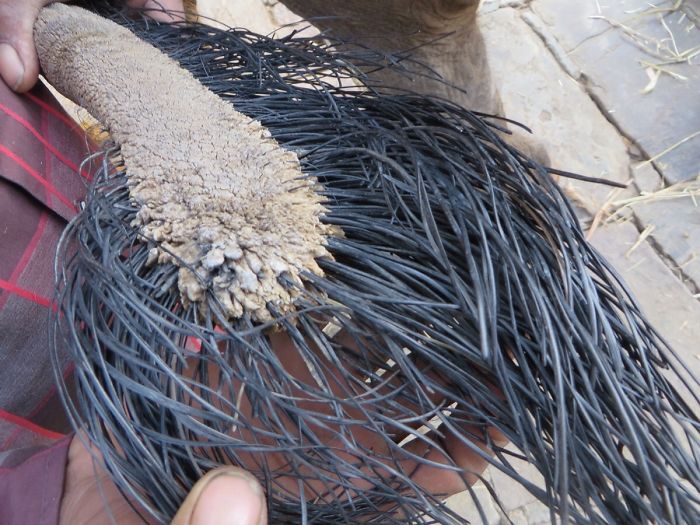
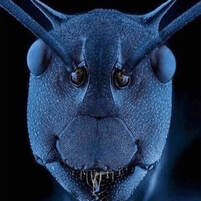
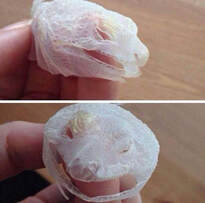




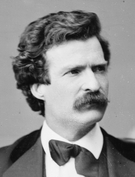






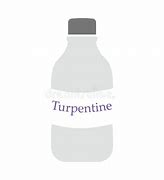
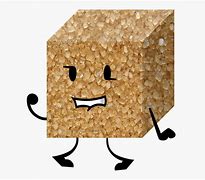
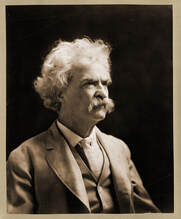
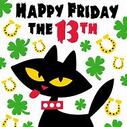
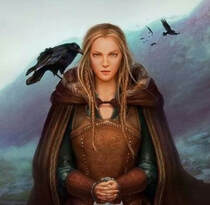
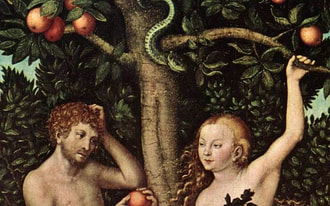


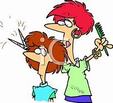
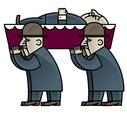
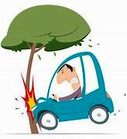
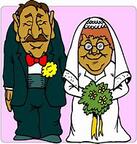
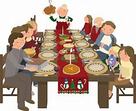

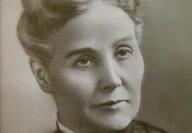
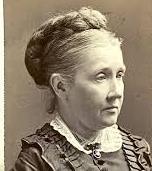
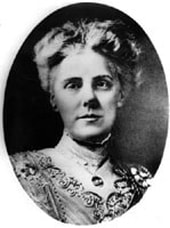

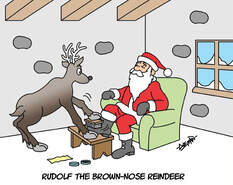
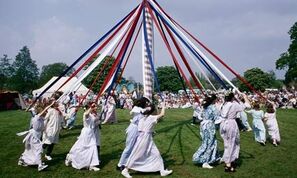



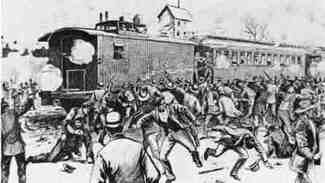
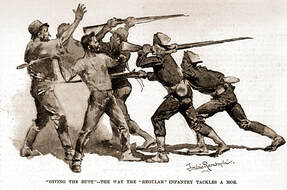
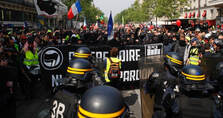
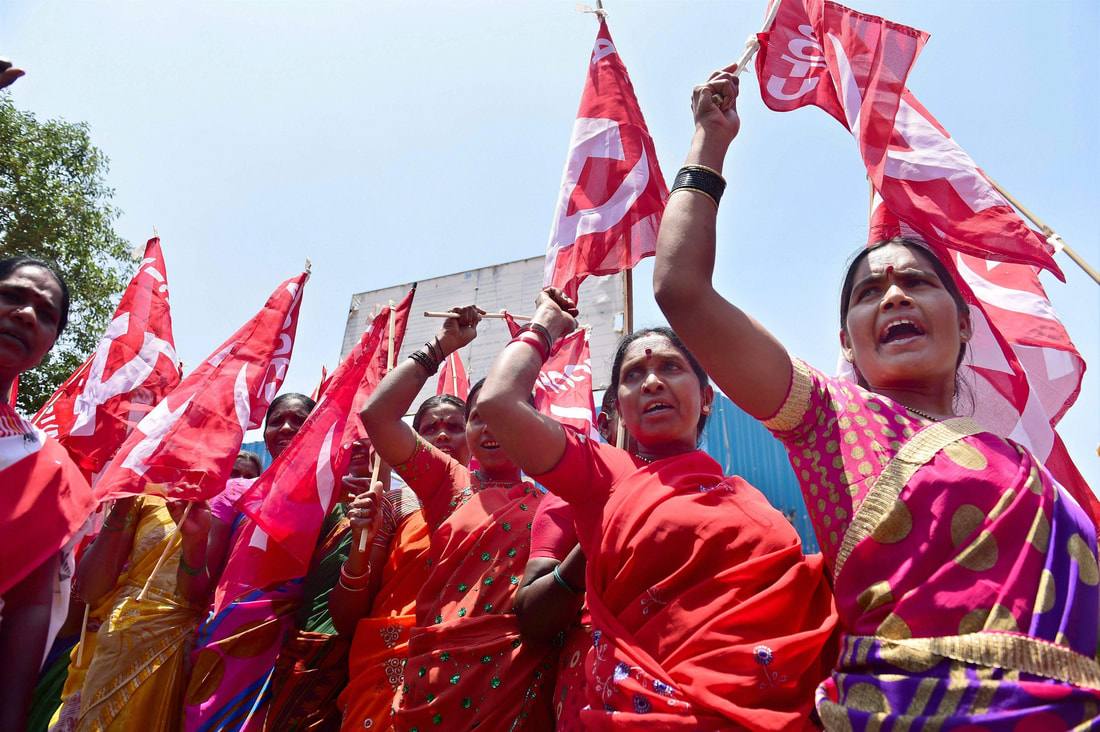

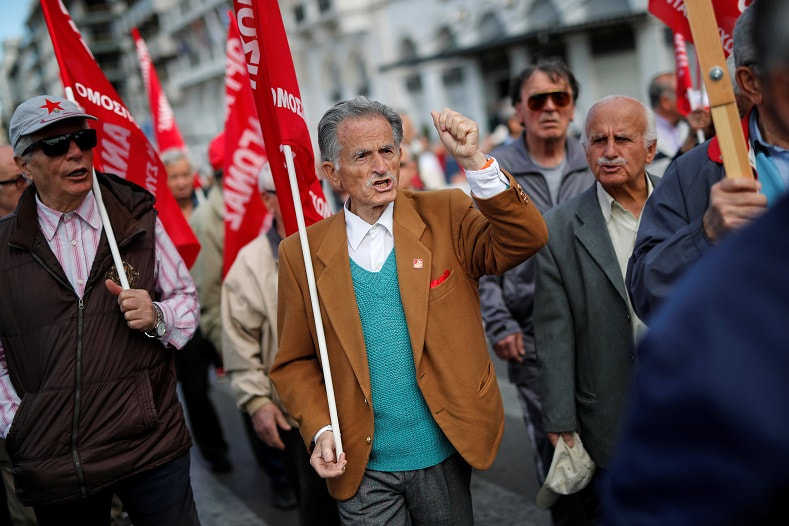


 RSS Feed
RSS Feed